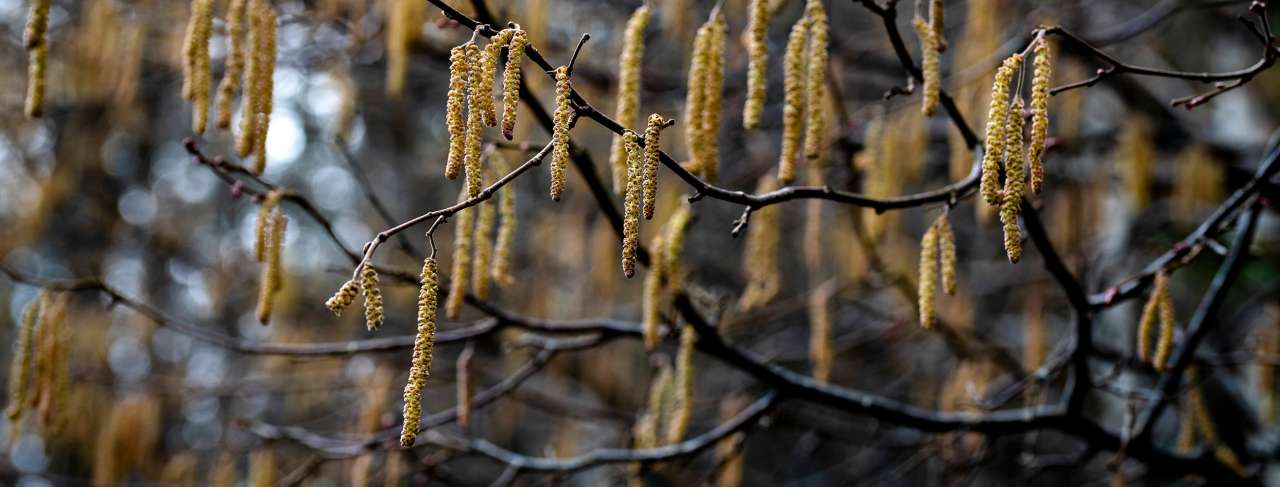Pollen calendar - a tool against allergies

Photo: Dan Aamlid
A new regional pollen calendar provides vital information about pollen seasons in Norway, assisting healthcare professionals in tailoring treatments for those with pollen allergies.
Pollen allergy affects many Norwegians each year and can lead to significant health issues. Until now, information on the variation of pollen levels across different regions in Norway has been limited.
Researchers have now developed a regional pollen calendar to help improve the daily lives of pollen allergy sufferers. This calendar, the first of its kind, serves as an important tool for healthcare professionals to plan treatments based on local pollen conditions.
“The pollen calendar offers a detailed overview of pollen seasons for various species and regions in Norway,” explains Dr Carl Frisk.
Together with colleagues from NAAF and NTNU, he has mapped the occurrence of seven pollen species—alder, hazel, goat willow, birch, pine, grass, and mugwort—over a 16-year period in 12 Norwegian regions. By comparing data on pollen levels and periods of high concentrations, the researchers have identified a strong correlation between the intensity of the pollen season and the number of days with high pollen levels.
“The pollen season for trees, including birch and pine, spans from January to mid-July, with birch pollen being especially dominant,” says Dr Frisk. “Grass pollen appears in a milder season between June and mid-August, but in some areas, such as Kristiansand, it can be significantly stronger. Southeastern regions like Oslo, Kristiansand, and Lillehammer generally have higher pollen levels than northern areas like Bodø and Tromsø.”
Dr Frisk highlights that further research will focus on how pollen from pine and goat willow affects allergy sufferers, as there is still limited understanding of how these species trigger allergic reactions.
Contacts

Purpose
To map the occurrence of Norwegian pollen species and their seasonal variations, in order to develop a useful tool for healthcare professionals planning treatments for pollen allergy sufferers.
Collaboration: The Norwegian Asthma and Allergy Association, NTNU
Funding: The Dam Foundation
Contacts

